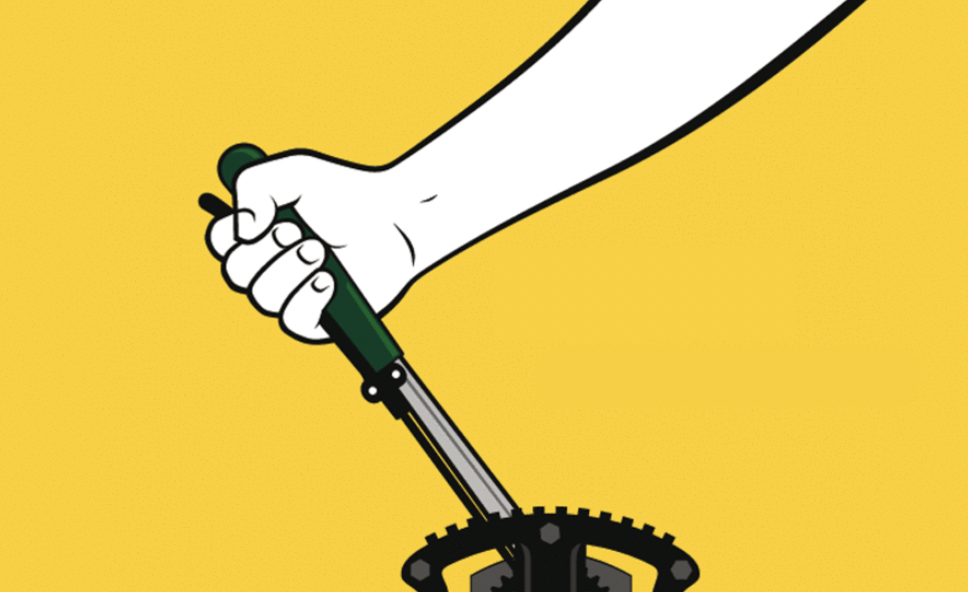
For a long time, re-use of used goods and materials has been seen as an economical solution par excellence, but it is not always cheaper than buying new products. This is a preconceived idea that needs to be qualified, because while reuse offers many financial advantages, its benefits are not limited to the purchase price alone.
Additional costs to be taken into account
While re-use does indeed make it possible to avoid the production and raw material costs associated with manufacturing new products, it also generates other expenses that are often underestimated. Collecting, sorting, cleaning, reconditioning and transporting second-hand goods requires substantial investment in manpower and logistics.
According to a study by the Institut Français pour la Performance du Bâtiment (Ifpeb), these various stages of refurbishment can account for up to 80% of the final selling price for reused building materials. This is a significant cost, which reduces the gap with new build.
What’s more, as the supply of re-used products is by nature more limited and heterogeneous than that of standardised new products, supply costs may be higher for certain specific goods that are rare on the second-hand market.
Competitive prices for top-of-the-range products
Despite these additional costs associated with refurbishment and sourcing, re-use is still very competitive for top-quality and top-of-the-range products. Their high initial purchase price makes re-use much cheaper than new, even when reconditioning costs are factored in.
This is particularly true for top-of-the-range professional equipment, designer furniture or noble materials such as solid wood or natural stone. In these sectors, the savings achieved through re-use can amount to several dozen percent compared with the price of new products.
An undeniable environmental advantage
While re-use is not always the most economical solution in terms of purchase price, its environmental benefits are indisputable. By avoiding the production of new goods, it enables substantial savings in natural resources, energy and greenhouse gas emissions over the entire life cycle of the product.
According to a study by Opten for ADEME, re-using a sofa saves up to 70% of CO2 emissions compared to buying a new sofa. For a computer, this means up to 80% fewer emissions. These figures illustrate the major positive impact of re-use on the environment.


A development lever to be seized
Rather than focusing solely on the purchase price, it is therefore essential to take into account the overall costs and environmental impacts over the long term. Reuse represents a sustainable economic development lever that should not be overlooked, whether for businesses or consumers.
Pour les entreprises, récupérer les invendus et les équipements de seconde main plutôt que de les jeter représente une source importante de revenus supplémentaires. Ces fonds supplémentaires peuvent ensuite être réinvestis dans le développement de nouveaux produits ou services, ce qui stimule l’innovation et la compétitivité. Not to mention the savings made by optimising their storage space.
Consumers benefit from easier access to quality products at lower cost, while adopting a more responsible and sustainable way of consuming. It’s a virtuous circle that allows them to reduce their environmental impact without sacrificing their purchasing power. Beyond these direct economic benefits, re-use also offers the potential to create local jobs that cannot be relocated, in emerging sectors such as repair, refurbishment and second-hand resale. A strategic asset for regional economic development.
Towards a paradigm shift
Ultimately, re-use should no longer be seen solely as a means of accessing low-cost products. We need to make a real shift in our economic paradigm, by fully integrating environmental and social externalities into our models.
Rather than seeking to maximise production and consumption volumes, the aim is to maximise the use and lifespan of existing goods. A more sober, more circular approach, but also one that creates more long-term value for businesses and society as a whole.
To facilitate the re-use of your resources and be part of this virtuous dynamic, discover CircularPlace: the platform that allows you to sell, donate or recycle your unsold and second-hand equipment with ease!
#Reuse #CircularEconomy #SustainableDevelopment #SecondLife #WeAreCircular
Read also
Questions about CircularPlace?



